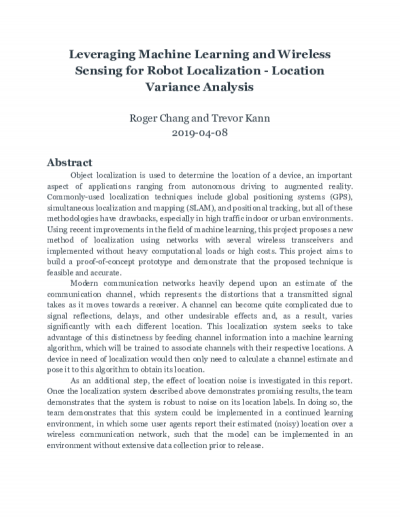Machine Learning-based Analysis of the Relationship Between the Human Gut Microbiome and Bone Health

Description
The Human Gut Microbiome (GM) modulates a variety of structural, metabolic, and protective functions to benefit the host. A few recent studies also support the role of the gut microbiome in the regulation of bone health. The relationship between GM and bone health was analyzed based on the data collected from a group of twenty-three adolescent boys and girls who participated in a controlled feeding study, during which two different doses (0 g/d fiber and 12 g/d fiber) of Soluble Corn Fiber (SCF) were added to their diet. This analysis was performed by predicting measures of Bone Mineral Density (BMD) and Bone Mineral Content (BMC) which are indicators of bone strength, using the GM sequence of proportions of 178 microbes collected from 23 subjects, by building a machine learning regression model. The model developed was evaluated by calculating performance metrics such as Root Mean Squared Error, Pearson’s correlation coefficient, and Spearman’s rank correlation coefficient, using cross-validation. A noticeable correlation was observed between the GM and bone health, and it was observed that the overall prediction correlation was higher with SCF intervention (r ~ 0.51). The genera of microbes that played an important role in this relationship were identified. Eubacterium (g), Bacteroides (g), Megamonas (g), Acetivibrio (g), Faecalibacterium (g), and Paraprevotella (g) were some of the microbes that showed an increase in proportion with SCF intervention.
Date Created
The date the item was original created (prior to any relationship with the ASU Digital Repositories.)
2020
Agent
- Author (aut): Ketha Hazarath, Pravallika Reddy
- Thesis advisor (ths): Bliss, Daniel
- Committee member: Whisner, Corrie
- Committee member: Dasarathy, Gautam
- Publisher (pbl): Arizona State University








